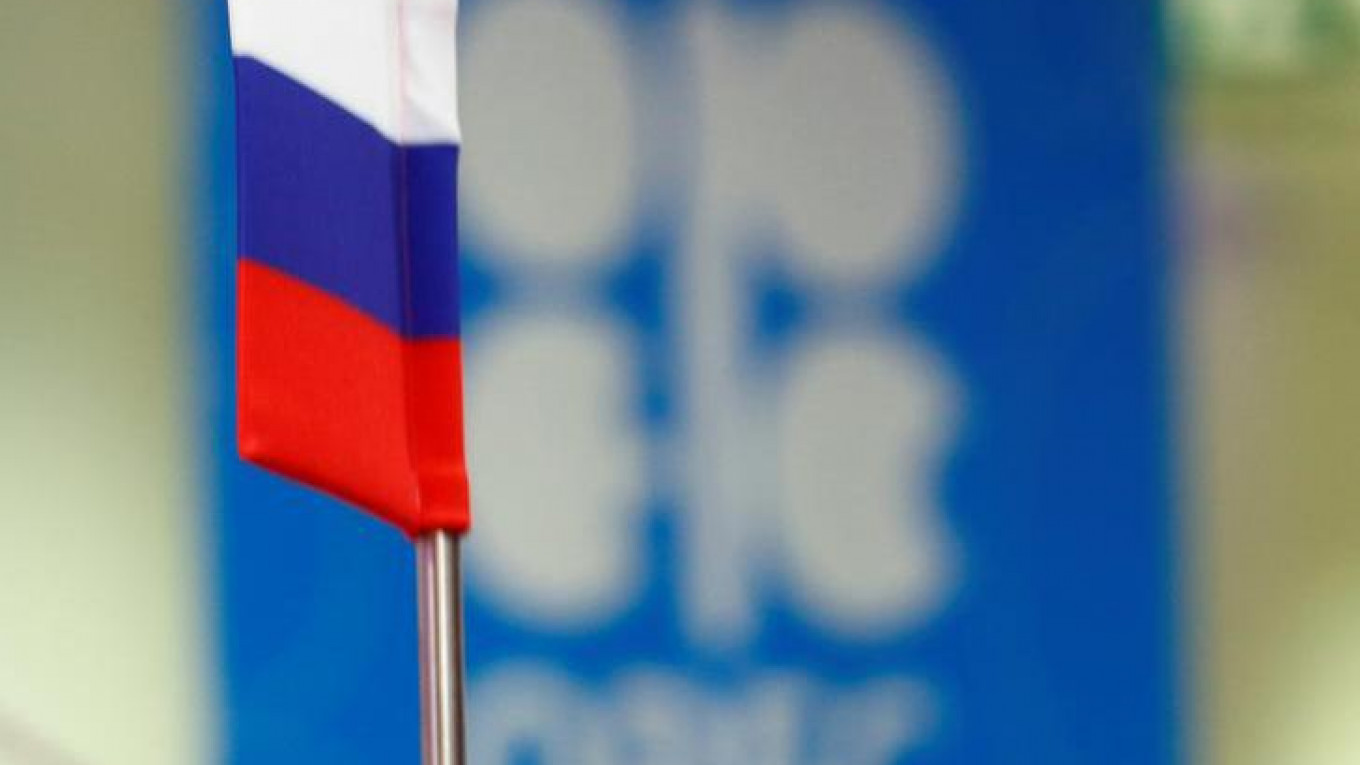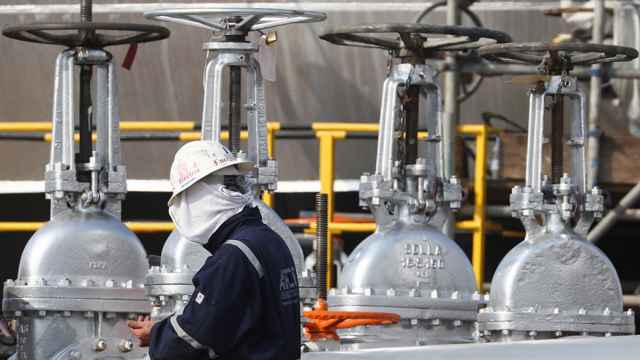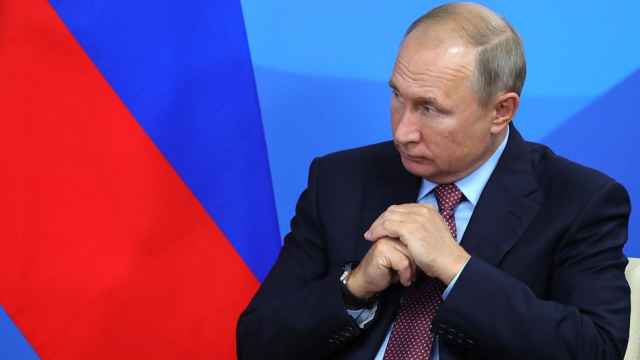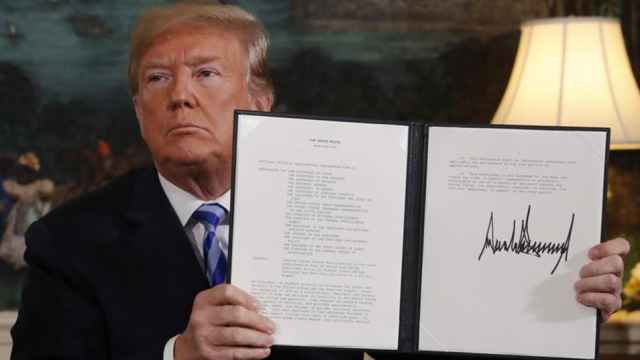Dealmaking seems to be in vogue. It’s the mantra of Donald Trump, and OPEC leaders just seized the opportunity to impress the world with a grand deal of their own. But will OPEC’s efforts reverse the ordeal of low oil prices?
To be clear, oil prices can go up or down reacting to a wide variety of events. But the questions on many people’s minds right now is whether the OPEC attempt will cause long-lasting price appreciation. To answer this question, one must look beyond the headlines and the media hype about how much oil each country will take off the market and whether they will cheat with their quotas. No deal will work unless it can alter the root causes of low oil prices.
The oil price collapse of 2014 was a classic case of what Lebanese-American philosopher and former commodity trader Nassim Nicholas Taleb calls a “black swan event.” Although 2016 saw crude regain some of its value, a barrel of oil is currently priced at under 50% of its level two and a half years ago. As with all “Black Swan events” the oil price drop of 2014 was the result of several parallel processes which had reinforced each other and finally culminated in an unanticipated market shift. These changes can be divided into three main blocks.
Firstly, oil is the largest global commodity and it is traded in U.S. dollars. Thus its price is strongly affected by the dollar exchange rate and, indirectly, by the Fed's interest rates. This November, the dollar hit its highest level against a basket of currencies since 2003 – it is now a whopping 40% above its lows in 2011. The curious thing is that the latest dollar gains are fuelled by Trump's economic intentions: he wants to abandon the Fed's loose policy of recent years and tighten interest rates. On election night, U.S. ten-year bond yields rose to 2.3%, from 1.7% – all pointing to the value of the dollar going up. Whether a muscular dollar is good for America's economy and the rest of the world is a matter of heated debate (most economists think it isn't). But it most certainly is bad news for the oil price – and there is not much OPEC can do about it.
The second influencing factor is oil demand, which is totally out of OPEC's sphere of influence. Economic growth outside the U.S. – most crucially, in China – has slowed. That, in turn, suppressed oil consumption in major emerging markets. But that's not the whole picture. Importantly, the world has made a major leap toward efficient energy use. A clear example is the decrease in liquid fuel consumption volumes in engines, which, compared to the 1990s, decreased over 10% in freight transport, 20% in cars and 30% in aviation. Let's not forget that this was a systemic shift, not a short-term event. The world will not stray back into inefficient and outdated technologies; it will continue to increase energy efficiency in the future.
Finally, there is the supply side of the story, which is essential. Arguably, the most influential event that led the price collapse was the shale revolution. In June 2014, the U.S. became the leading global oil producer, surpassing Russia and Saudi Arabia for the first time since 1972. In effect, America took on the role of the global swing producer – it can increase or decrease production in response to price fluctuations faster than other countries. At its height in early 2015, U.S. oil production reached 9.6 million barrels per day. As a result of the price drop, it has since fallen by 900 thousand barrels – but American companies can quickly rekindle output to 10 million barrels and beyond. One of the main reasons for that is a technological feature of shale deposits: due to their small size, drilling new wells is not capital intensive. As a result, production volumes can be quickly increased. This is quite different from the big wells on traditional deposits – oil fields in western Siberia, for example.
But let's assume that OPEC gets its act together and delivers on its promises to enforce production cuts (a big if). Let's say that Russia follows suit and takes its small share of 300 thousand barrels a day off the market (another big if). What would happen then? The market, impressed by exporters' discipline, would react with a modest rise in oil prices (modest because the declared cuts are modest, too). But then higher prices would allow the U.S. to pump increased volumes of crude. This oil would eventually fill the market niche vacated by OPEC and thus effectively make the production cuts meaningless. Back to square one. Welcome to the world of shale economics! And let's not forget that, during his campaign, Trump promised to remove environmental regulations imposed under Obama and cut taxes for oil companies – all of which could further enhance America's crude production. Again, more bad news for OPEC and Russia's economy.
Well, that answers the question about the real chances of OPEC's production cuts giving crude prices a lasting boost (low). But one question remains: why did members of the Russian Duma give Donald Trump a standing ovation on November 9th? In economic terms, he epitomizes what Russia fears most: a stronger dollar and upbeat American shale producers killing hopes for a crude price recovery. Yet the U.S. president-elect is seen as the standard-bearer for the global anti-globalisation movement (an oxymoron – but the world is full of paradoxes). Evidently, ideology has prevailed over economics – at least for now. Over time, some ideological affinities may endure, and some, as often happens in realpolitik, may give way to narrow self-interest.
----------------
Peter Kaznacheev is an energy economist at Khaznah Strategies and formerly a senior advisor in the Russian Presidential Administration (2002 – 2005). He is director of the RANEPA Center for Resource Economics, a think tank.
A Message from The Moscow Times:
Dear readers,
We are facing unprecedented challenges. Russia's Prosecutor General's Office has designated The Moscow Times as an "undesirable" organization, criminalizing our work and putting our staff at risk of prosecution. This follows our earlier unjust labeling as a "foreign agent."
These actions are direct attempts to silence independent journalism in Russia. The authorities claim our work "discredits the decisions of the Russian leadership." We see things differently: we strive to provide accurate, unbiased reporting on Russia.
We, the journalists of The Moscow Times, refuse to be silenced. But to continue our work, we need your help.
Your support, no matter how small, makes a world of difference. If you can, please support us monthly starting from just $2. It's quick to set up, and every contribution makes a significant impact.
By supporting The Moscow Times, you're defending open, independent journalism in the face of repression. Thank you for standing with us.
Remind me later.








